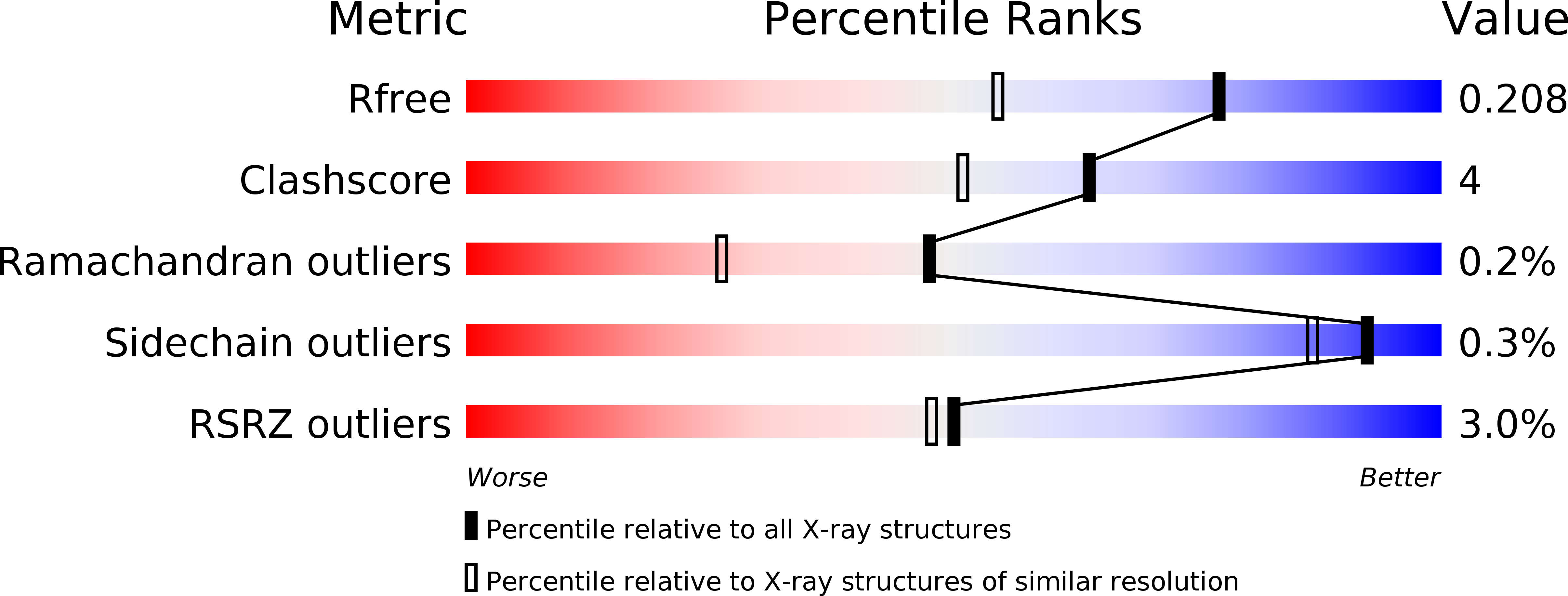
Deposition Date
2015-08-09
Release Date
2016-07-20
Last Version Date
2025-12-10
Entry Detail
PDB ID:
5D4V
Keywords:
Title:
HcgC with SAH and a guanylylpyridinol (GP) derivative
Biological Source:
Source Organism:
Methanocaldococcus jannaschii (Taxon ID: 2190)
Host Organism:
Method Details:
Experimental Method:
Resolution:
1.60 Å
R-Value Free:
0.20
R-Value Work:
0.17
R-Value Observed:
0.17
Space Group:
P 1 21 1


